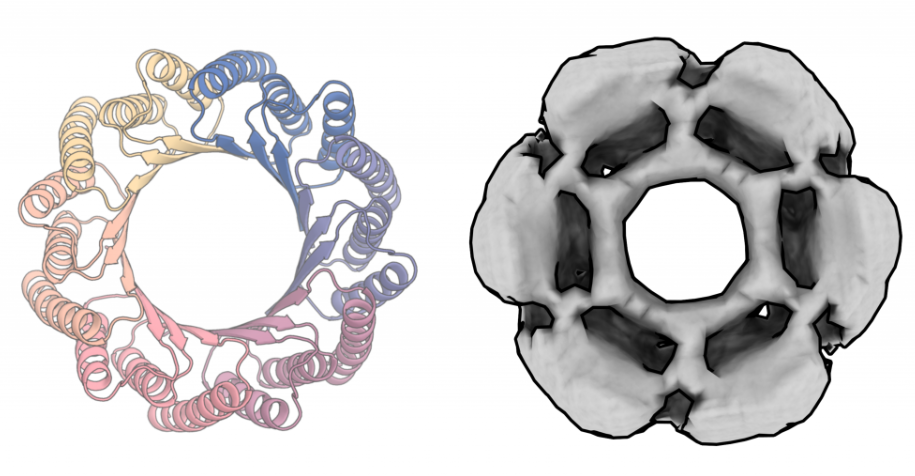
While ProteinMPNN takes a protein backbone (N-CA-C-O atoms, CA = C-Alpha) and finds an amino acid sequence that would fold to that backbone structure, RFdiffusion [Twitter] instead makes the protein backbone by just providing some geometrical and functional constraints like “create a molecule that binds X”.
The authors used a guided diffusion model for generating new proteins in the same way as Dall-E produces high-quality images that have never existed before by a diffusion technique.
See also this presentation by David Baker.
If I interpret this announcement correctly it means that drug design is now basically solved (or starts to get interesting depending on the viewpoint).
This technique can be expected to significantly increase the number of potential drugs for combating diseases. However, animal tests and human studies can also be expected as the bottlenecks of the new possibilities. Techniques like organ chips from companies like emulate may be a way out of this dilemma (before one-day entire cell, tissue, or whole body computational simulations become possible).

Leave a Reply